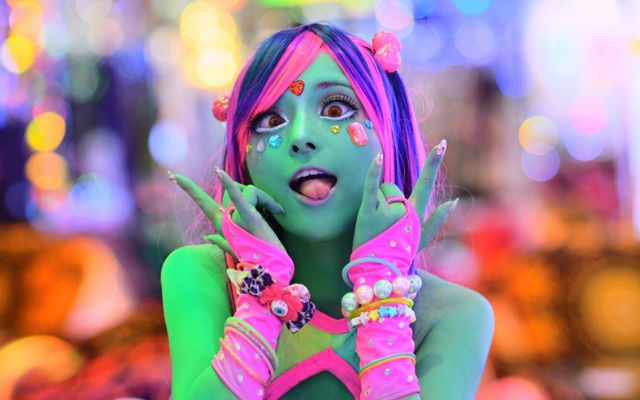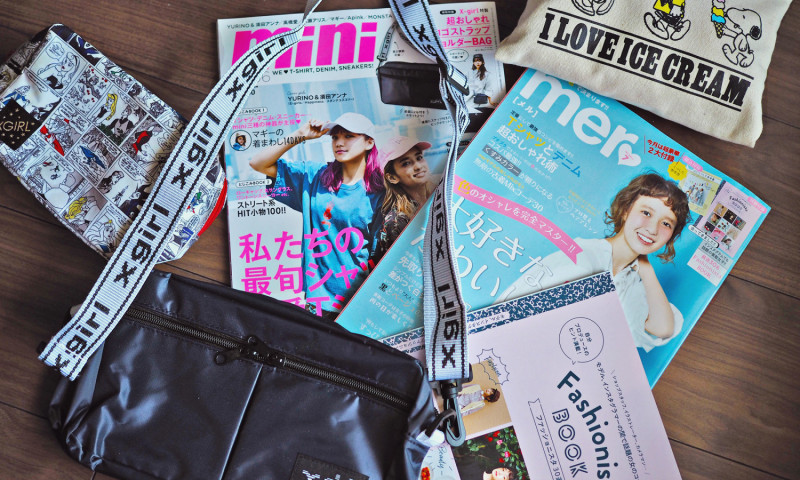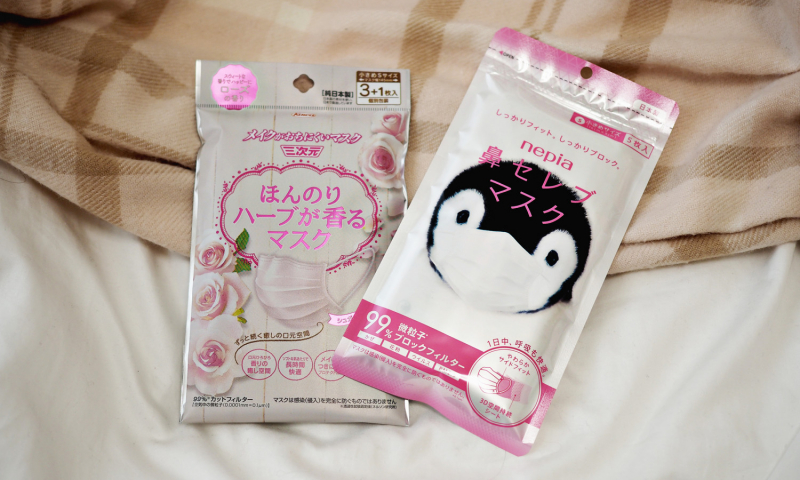
Making a Fashion Statement with Face Masks in Japan
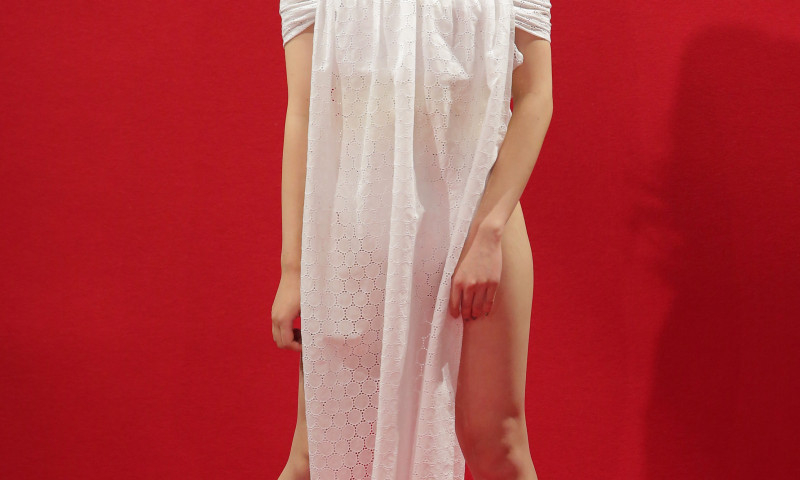
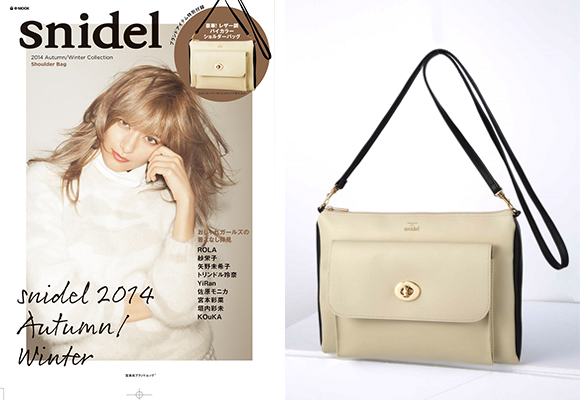
Sponsored Links
It has been, and still is, the wintery selling results for the fashion magazines nowadays. As the fashion industry in general is shifting their focus to spread the latest trend with digital media, such as fashion bloggers and Instagrams, Japanese fashion magazine publishers are still believing in to selling the actual “flipping the page” way. And one of their successful method was to add the supplement to the magazine itself. Many of the magazine issues with the special supplement were successful which their sales went above the roof, and now, the fashion magazines are sold with the supplement as if the supplement is the main part of the magazine. This article will to show some of the example from Japan that includes good-quality supplements of the fashion magazines in Japan.
The selling rate of books and magazines are internationally in recession and the fashion magazine industry in Japan isn’t the exception. But, the publishing company has come up with the idea to break away from the crisis and the supplement or “Furoku (付録)” to be included as part of the magazine has became a major influence for the recovery. It has been said that this trend has started around the early 2000, when the restrictions of “furoku” included in printed media has been deregulated in order to revitalize the publishing industry. This deregulation has opened the publishing companies to add their supplements, that are made in other materials besides paper with the thickness to three centimeters. After the deregulation, magazines have started to include “furoku” like nail polish, bandana, canned badges, umbrella, stockings, and tote-bags, and together with the magazine, it was sold just a bit more than the usual price.
girlsfashionmagazine.blog.fc2.com
Not just the fashion magazines that include the high-quality “furoku,” but also, the fashion brands, character mascots, have also started to publish their own “Mooks,” shortened for “Magazine Book,” to promote their brand. “Mooks” or “Mook-bon” are rather, large-sized books, and are kept at the bookstores to sell, unlike monthly or weekly magazines that are replaced at regular basis. The “Mooks” also include high-quality supplements as well, especially when fashion brand’s “Mook” would include large sample of their new designs. One of the popular fashion brand “Mook” was by the Japanese, eccentric but also girly fashion brand, “Muchacha←←→→Acha Chumu” where animals are printed in a large bag. One of its best sellers of their Mook-bon series had purse with white cat imprinted upside-down, which became popular with the it’s unique design.
Usually, “mooks” costs more than ordinary magazines with “furoku,” about 1,500 yen and above, since it includes bigger sized “furoku” than the normal magazines include. Not just fashion brands, but also character mascots like “Hello Kitty,” “Suica Penguin,” and Disney characters have “mooks” which basically includes bigger tote-bags (usually A4 sizes) with characters imprinted. But some of the character mook “furoku” have character motif set-stationaries like pen and notebooks as well.
One of the major seller of the “furoku” magazine was by the “sweet” by Takarajima-sha, which included the handy “lunch time” tote bag of design by “cher.” The magazine was issued in 2008, which has sold over 600,000 issues. The “cher” tote-bag became a hit because of it’s convenience, especially for women carrying lunch (or obento), and their valuables. From this time one, the supplement competition between the magazines have heated up. Collaborating with name brands and making the handy, and yet fashionable “furoku” for everyday use. And not just women’s fashion magazines, but also men’s magazines also have “furoku” for the target audiences. One of the popular men’s magazine “smart,” have became a topic of having watch as a “furoku” of March, 2013 issue which was a collaboration degisned “furoku” with “HEAD PORTER PLUS.” Some of the other “furoku” in the men’s fashion magazines have are coin purses and tote-bags which are convenient and match with male outfit. But, “Mens’ Non-No’s” June, 2014 issue also had “furoku” of tote-bag, designed in collaboration of the men’s fashion brand, “UNDERCOVERISM” and “My Melody” from Sanrio. The design is not too “kawaii” for men to use, but still “kawaii” for women to use as well.
closedsearch.auctions.yahoo.co.jp
Another surprising “furoku” craze was the major Japanese bridal magazine, “Zexy” has included a pink colored, marital registration form (konninn todoke) in their December, 2013 issue. The form can be officially handed in to the city office for marital registration and it had become a best-seller. This was because not just the bride-to-be were the only buyers of that issue, but also single women have also bought the issue with the marital registration form to “play” with the imaginative boyfriend and experience what it is like to write in the marital registration form, which is a big step for women. Because of the unexpected buyers for the bridal magazine, it had become quite successful seller.
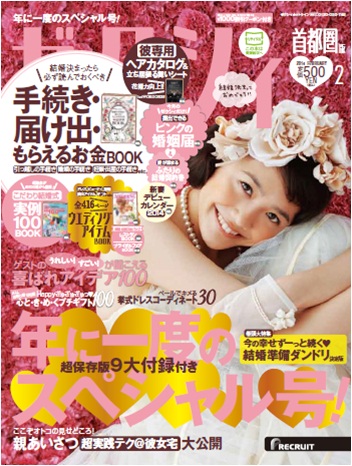
Currently, most of the magazines that are lined up in the bookstores and convenience stores include “furoku” and it is now a common knowledge that fashion magazines should include the “furoku” as part of their market. But, there are voices from the fans of the magazines that tells that they don’t need the “furoku” in the first place. There were many opinions especially from the fans of the teen magazine “Popteen,” that they would rather buy the magazine cheaper without “furoku.”
Not just the “Popteens” readers, but there are more voices like this, that “furoku” stacks up with similar items that the readers don’t think that it’s really worth it to buy with the magazine, because the readers are the fans of and want more of the magazine content itself (ex. Latest trend, seasonal style, the models etc.).
Some fashionistas would prefer to catch up with latest fashion news from fashion bloggers, which shows that “furoku” wouldn’t be the priority to buy the magazine anymore. Nonetheless, the fashion magazines still include “furoku” as part of the magazine itself, creating new from the voices of the readers’ needs and sometimes be surprising.
Recently, many of the bookstores show some samples up of each monthly fashion magazines, as if, a corner of a boutique or select shops where you can pick up and see the new line-up accessories. Whenever you get a chance to visit Japan, how about taking a look to the bookstore and maybe choose out the “furoku” you would want to buy?
Sponsored Links
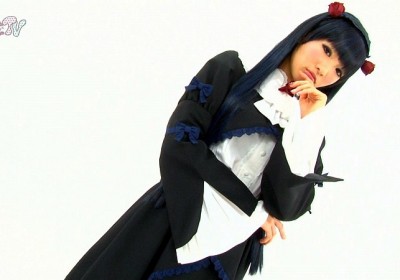
[Exclusive Program] Tokyo GIrls’ Update TV #006 : SBY in Shibuya109 & Pikarin’s Cosplay
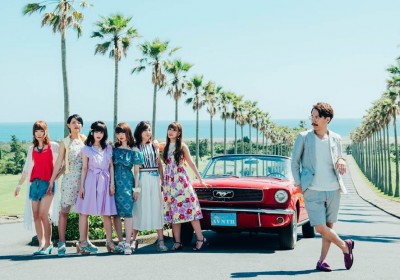
8th Wave of Tokyo Idol Festival 2016 Performers Announced!!


